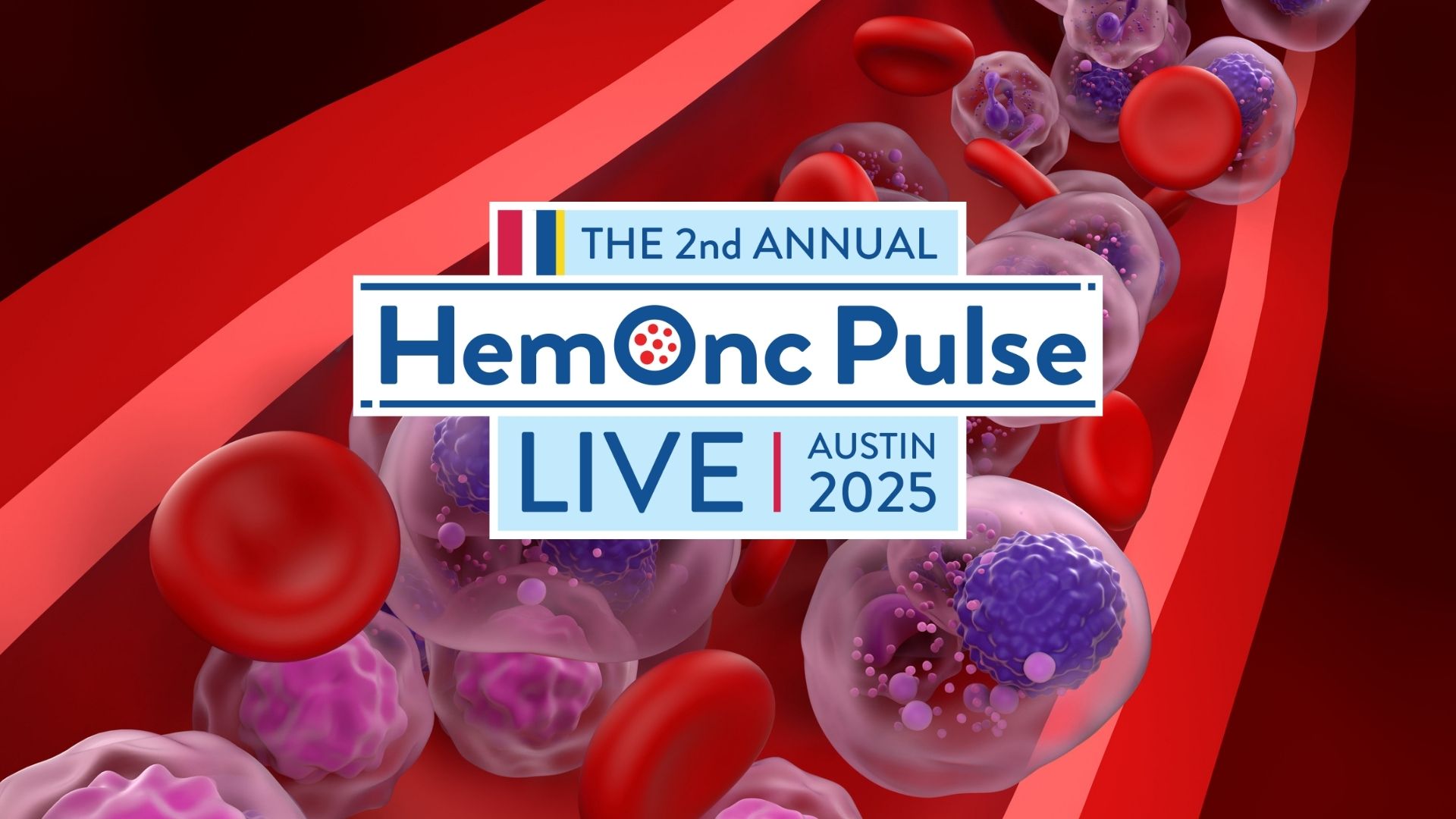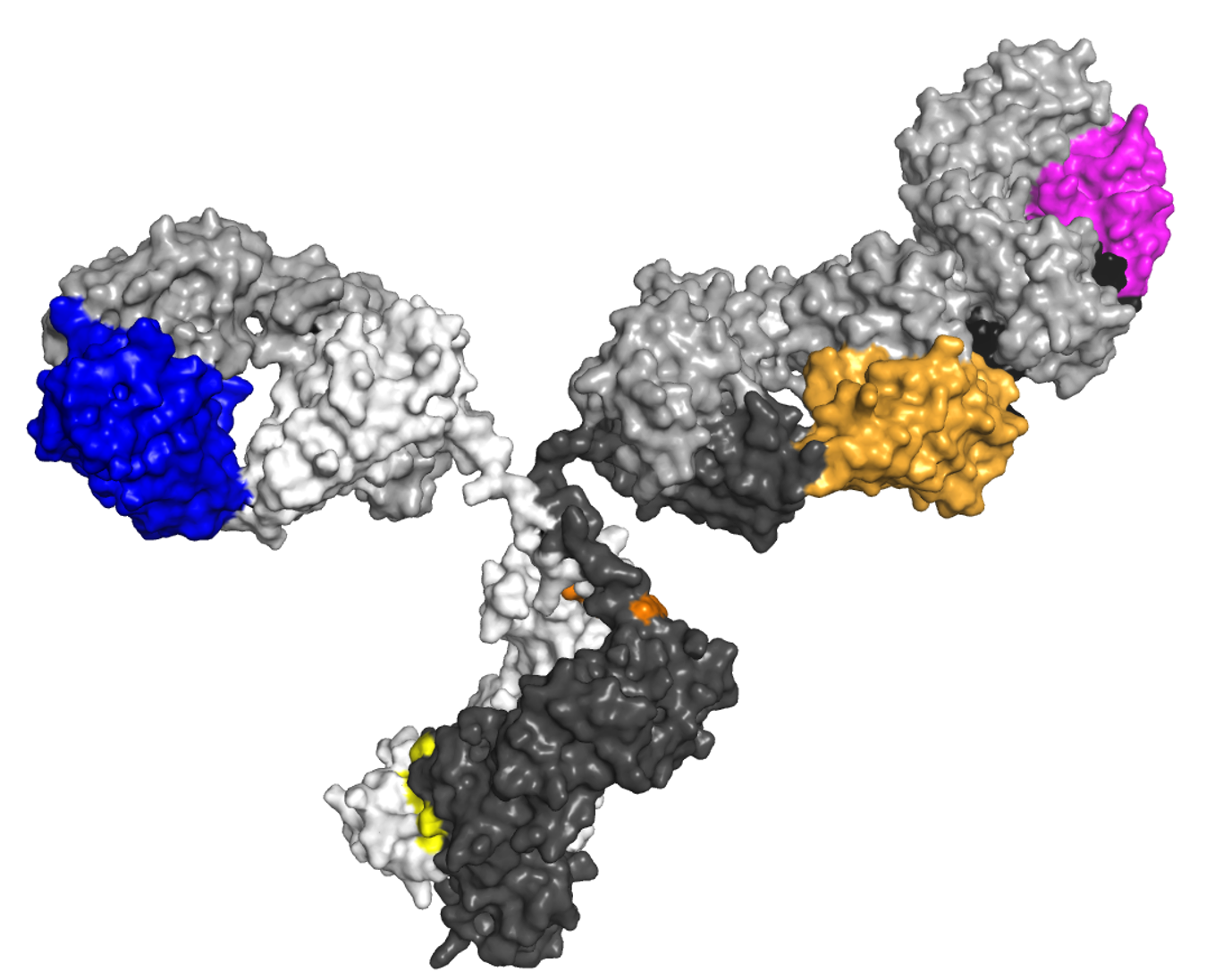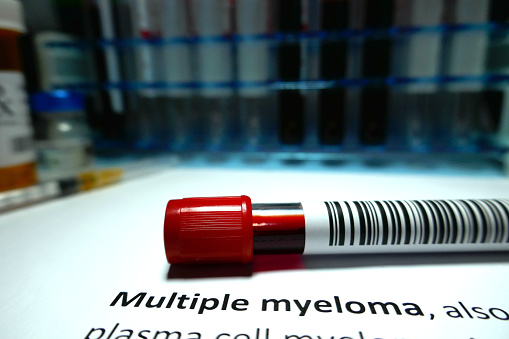
A study presented at the ASH Annual Meeting & Exposition found that among 6 landmark multiple myeloma (MM) clinical trials, the ineligibility rates were quite disparate, suggesting significant limitations in cross-trial comparison and potentially impacting the real-world efficacy of MM treatments.
Researchers assessed 6 landmark MM clinical trials that provided the basis for U.S. Food and Drug Administration (FDA) approval of a new agent or established a new indication for formerly FDA-approved drug: ASPIRE, TOURMALNE-MM01, ELOQUENT-2, ENDEAVOR, POLLUX, and CASTOR.
Researchers identified patients with relapsed MM who were initiating second or later line of therapy that contained lenalidomide or bortezomib. The three-week period before the index treatment date was used to apply the eligibility criteria of the six studied trials. Patients who received lenalidomide-containing regimens were tested as to be enrolled on trials with a lenalidomide/dexamethasone control arm (ASPIRE, TOURMALINE-MM1, POLLUX, and ELOQUENT-2), and patients who had bortezomib-containing regimens were reviewed to be enrolled in bortezomib/dexamethasone trials (CASTOR and ENDEAVOR).
A total of 516 patients were studied between 2010 and 2018, and 153 were excluded due to missing values. The remaining patients received lenalidomide- (n = 224) and bortezomib-containing (n = 136) regimens. The trial-eligible cohort was more likely to have received autologous hematopoietic cell transplantation and to have had a longer treatment-free period before the index treatment date (P = 0.012).
There was substantial variation in the ineligibility rates among the six randomized, controlled trials. The most common exclusion criteria were:
- Other malignancies
- Current infection
- Renal dysfunction
In the lenalidomide-containing cohort, the trial-specific glomerular filtration rate threshold for renal function was highest in the ASPIRE trial (creatinine clearance, >50 mL/min) resulting in a high rate of exclusion of 29% compared with 8% in other trials. The TOURMOULINE-MM01 and ASPIRE trials included bortezomib-refractory status as an exclusion criterion, leading to a 36% ineligibility rate.
Patients who were ineligible for clinical trials had significantly worse overall survival (OS): 2-year OS rate was 69% in trial-ineligible patients versus 82% in trial-eligible patients (P = 0.001). Trial-ineligible patients also had a 43% greater chance of death (hazard ratio, 1.43; 90% confidence interval (CI), 1.08-2.02) compared with trial-eligible patients.
Based on the findings, the researchers “proposed a quantitative deviation score calibrating the generalizability of the results of these trials to a single institution cohort. Such a tool can lead to efforts to broaden eligibility criteria and possibly narrow the gap between reported clinical trial efficacy and the observed effectiveness in real-world [patients with] MM.”






 © 2025 Mashup Media, LLC, a Formedics Property. All Rights Reserved.
© 2025 Mashup Media, LLC, a Formedics Property. All Rights Reserved.